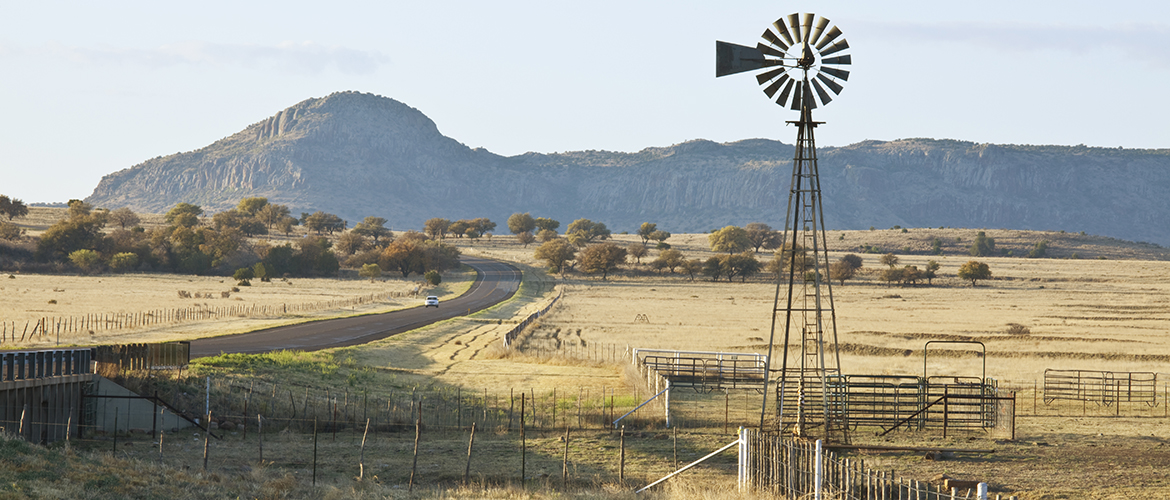Health care can be hard to come by amid the scenic canyons of Presidio County in the Big Bend region of southwest Texas. Sparsely populated and remote, it has no obstetricians, psychiatrists or surgeons. The nearest hospital can be up to four hours away by ambulance.
There are three general medicine doctors. But since they serve three counties with land areas larger than Connecticut, Delaware and Rhode Island combined, residents may have to drive up to 120 miles just for an appointment.
“We’re not so much rural as we are frontier,” says Dr. John Paul Schwartz, a Presidio County doctor who runs the Marfa Country Clinic. “There are instances where I tell some patients that they’re kind of getting too sick to live out here. We simply lack the kinds of services they need.”
Presidio County is a poster child for the health care challenges facing rural Texas. Thirty of the state’s 254 counties don’t have any doctors, 80 counties have five or fewer physicians and 58 counties have no general surgeon.
Eight of every 10 Texas counties are listed by the Health Resources & Services Administration as not having enough primary care doctors to meet population needs.
Health Care Service Corporation, through its plan in Texas, is providing $10 million to a collaboration with Texas A&M University’s Health Science Center to find and develop new solutions to the health care challenges facing rural Texas.
"The health care challenges facing our state and the nation are not new, but our solutions can be."
The research will be led by A&M’s Rural and Community Health Institute, which has a 15-year track record of helping rural Texas communities overcome doctor shortages, hospital closures and other challenges.
“Rural health care needs moonshots,” says Dr. Steven Brown, associate vice president of clinical strategy for Texas A&M Health Science Center.
The state of rural care in Texas mirrors problems nationally. Rural residents across America tend to be older, poorer, under- or uninsured and generally less healthy than their city and suburban counterparts.
In addition, rural residents suffering from several leading causes of death are more likely to die than urban residents with the same medical conditions, according to a study of national death rates by the Centers for Disease Control and Prevention.
Health problems are complicated in rural areas by the lack of access to care, especially preventive care, according to the CDC study. Finding solutions, experts say, demands looking beyond finding ways to prop up traditional ways of delivering care.
Searching for solutions
“It’s condition critical for some rural care issues in Texas,” says Dr. Robert Morrow, a former family practitioner and president of HCSC’s Southeast Texas market. “The issues are largely the result of a health care model that worked 70 years ago but doesn’t fit with the health care system that’s evolved today.”
A&M researchers plan to study up to five communities holistically. The team will include experts in a variety of academic disciplines, including dentistry, medicine, nursing and pharmacy, agriculture, education and engineering.
Creative thinking may help overcome long-standing rural care challenges, the Texas A&M institute suggested in a recent report. For example, financially distressed hospitals may consider converting to primary care clinics or other types of facilities that meet an area’s specific needs more than inpatient beds.
Nurse practitioners, physician assistants, paramedics and even agriculture extension agents might play an expanded role when doctors are scarce. Telemedicine may expand the range of services available by enabling virtual visits and consultations with specialists in other areas.
Each community has different needs and challenges.
“Our goal with this $10 million commitment is to completely re-envision health care in rural Texas,” Dr. Morrow says. “We want to better understand how we can work with communities to ensure they have an opportunity to access quality care. The health care challenges facing our state and the nation are not new, but our solutions can be.”

